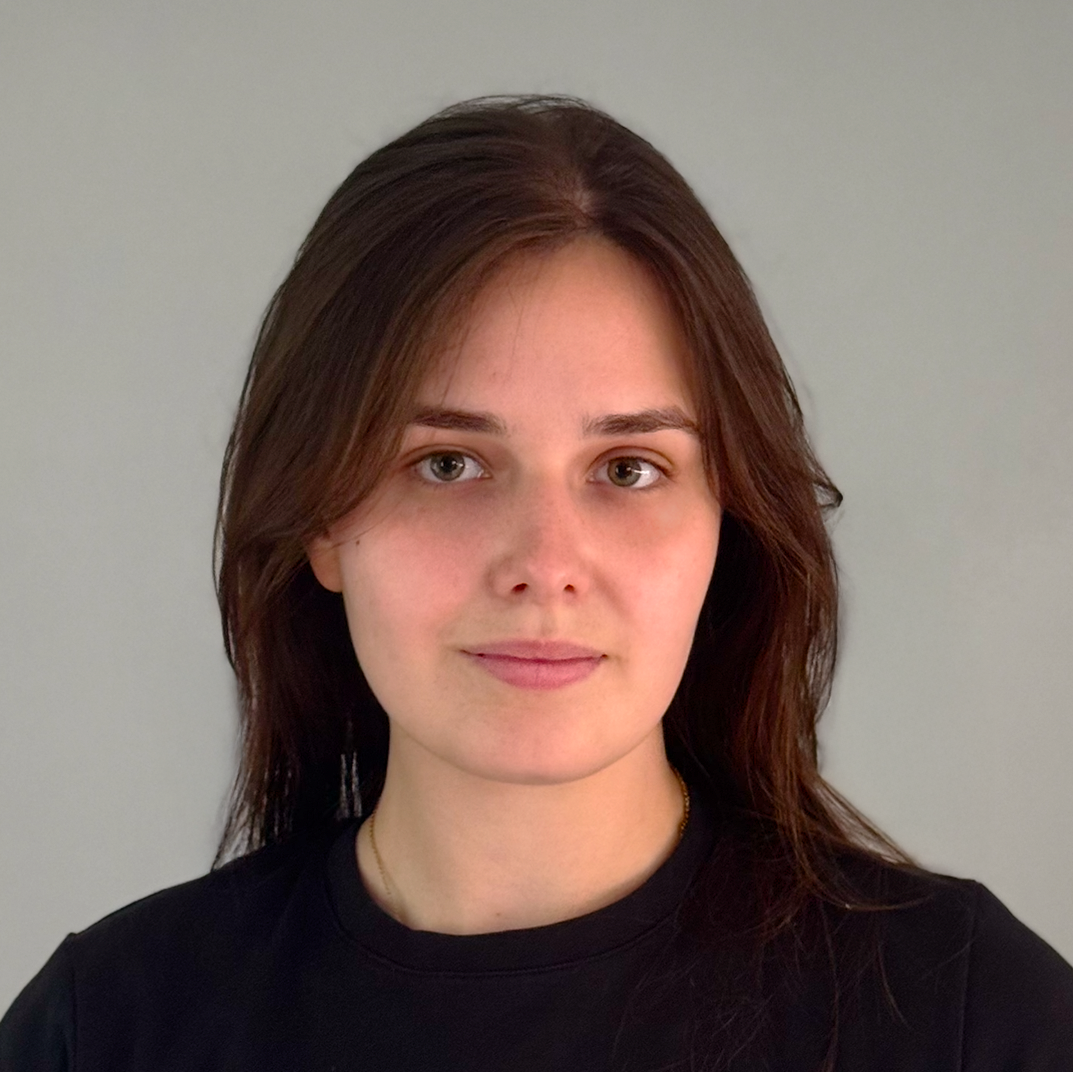What it does
A screening station for monitoring petroleum compounds in inland surface waters – where water is closest to us. It enables real-time pollution detection before the effects of degradation become irreversible.
Your inspiration
In 2022 environmental disaster on the Oder River exposed the true scale of water pollution in Poland. Notably, the first warnings didn’t come from labs or official monitoring systems; they came from local fishermen who spend every day by the river and were the first to notice massive fish die-off and the collapse of the Oder's ecosystem. Seeing how this crisis harmed the environment and local communities, I felt compelled to act. Because most people, remain unaware of the quality of the water closest to them, I wanted to find a way to improve awareness, especially in cases where pollution is invisible to the eye.
How it works
FLOW stays anchored in the water, floating on the surface while collecting samples from 20cm below. It runs on a wind turbine and battery, allowing it to operate independently for long periods without maintenance. Using the natural pressure difference between the surrounding water and the sampling chamber, it draws in water without complex mechanisms, making it more reliable in the field. Inside the chamber, UV light excites petroleum compounds, causing them to fluoresce. Sensors measure this light, enabling quick detection. FLOW operates as part of a network, with multiple stations collecting data across different sites simultaneously. This approach doesn’t just reveal what’s happening in a single lake or river; it helps build a broader, real-time picture of water quality across regions, countries, or even globally. All data is sent wirelessly to a central system. Through an app, anyone interested (communities, activists, researchers) can access live results.
Design process
To understand current monitoring and daily challenges, I conducted in-depth interviews with specialists. I also carried out participant observation among people who live, work, and relax near water, gaining insight into practical limitations and user needs. Due to the topic’s complexity, I used a systemic approach including the institutional context. I created a product strategy with key value segments, mission, vision, communication channels, and a preliminary business model. I developed protopersonas and mapped their relationships to understand how collected data supports water management and everyday users. New to water quality monitoring, I mapped testing workflow to identify core processes and translate them into device functions. Based on this, I selected components and designed elements, focusing on ergonomics for installation, transport, maintenance and visibility. I used sketches, paper models, and digital 3D models. I made a full scale 3D-printed prototype to verify the concept. Its form is intentionally distinctive and highly visible on water, conveying professionalism and signaling its research purpose. The final stage involved testing the prototype in real conditions to evaluate the designed form’s performance and functionality in the environment.
How it is different
FLOW responds to the lack of tools for automatically detecting petroleum compounds in surface waters – pollutants that are invisible to the eye and among the most dangerous contaminants. Current monitoring relies on costly, slow lab tests requiring sample collection and transport, limiting checks. Tests that actually get performed depend on 3 factors: the time we have, the equipment available, and what is worth testing. FLOW expands the first 2, enabling continuous on-site screening and removing the need for transport. This can significantly reduce the financial and time costs of water monitoring, allowing larger areas to be checked more often and supporting preventive actions. By connecting data and local communities, FLOW helps build public awareness and engagement, so people can better understand water conditions around them – and just like the fishermen on the Oder River who first noticed the disaster, we can now put this ability into everyone’s hands.
Future plans
I would like to continue working with the hydrocarbon removal specialist I’ve collaborated with throughout the entire project. Additionally, I plan to expand the team by bringing in technologists and engineers to prepare the device for implementation. Currently, I’m working on the design of the desktop and mobile app that will provide access to the data. The next step will be another iteration of the station design, exploring the potential to adapt the device to monitor other parameters such as pH or salinity. My ambition is for FLOW to become a widely accessible solution that everyone can use.



Connect